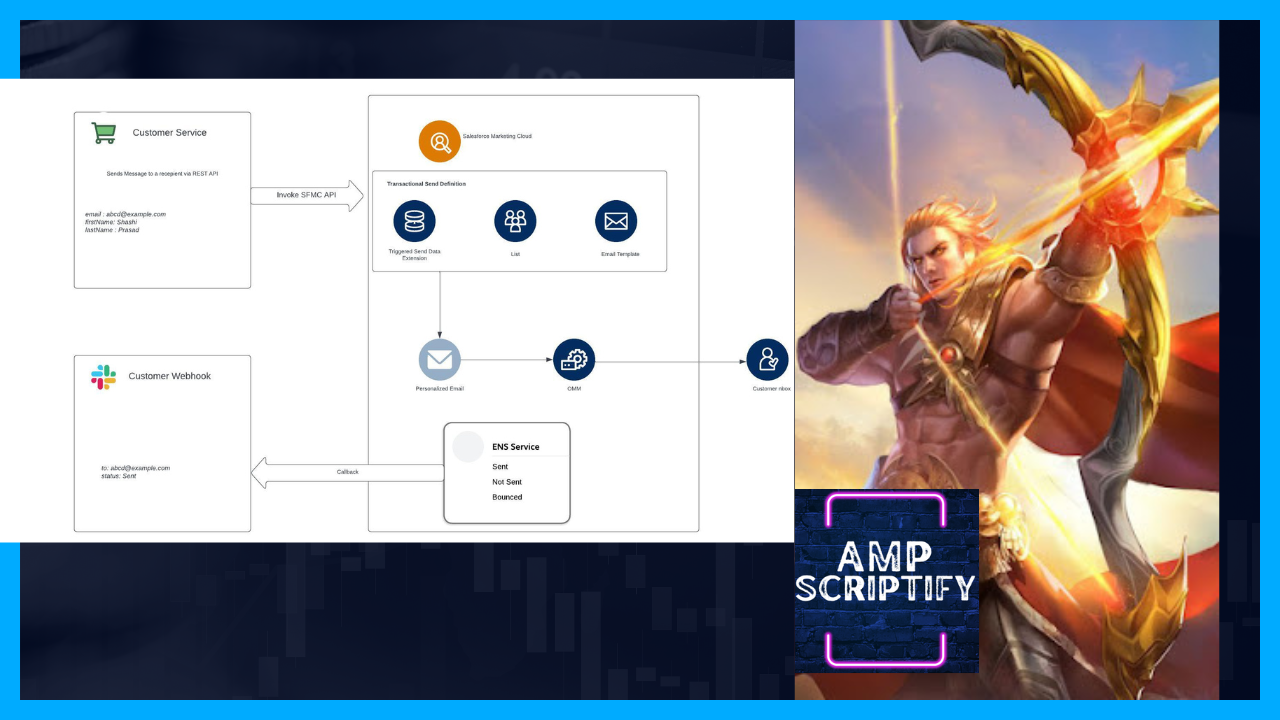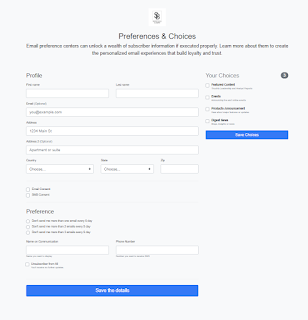Documentation: Sending SMS Communication via Salesforce Marketing Cloud
Introduction:
Salesforce Marketing Cloud provides a powerful platform for
sending SMS (Short Message Service) communications to your customers. SMS is a
popular and effective channel for reaching customers with time-sensitive
information, promotions, and important updates. This documentation will guide
you through the process of setting up and sending SMS communications using
Salesforce Marketing Cloud.
Considerations:
Before you start sending SMS communications via Salesforce
Marketing Cloud, it's important to consider the following:
1. Compliance: Ensure compliance with local regulations and
laws governing SMS communications, such as obtaining proper consent from recipients
and adhering to messaging frequency restrictions.
2. Messaging Costs: Understand the pricing structure for
sending SMS messages through Salesforce Marketing Cloud, including any
subscription fees, message rates, or additional charges.
a) Super
Messages : Super Messages includes an email, a high priority email, a landing
page impression, CloudPage impression, a Predictive Intelligence web or email
impression, a push notification, or an SMS or MMS message. The number of Super
Messages consumed per message varies by type of message. Click
Here to know more.
Latest updates: Cost Multiplier is changing, read
more.
3. Sender ID: Determine the sender ID that will be displayed
on the recipient's device. It can be a short code, long code, or alphanumeric
sender ID. Note that sender IDs must be registered and approved before they can
be used.
4. Opt-In/Opt-Out: Implement mechanisms for recipients to
opt-in or opt-out of receiving SMS communications. Provide clear instructions
and an easy process for managing their preferences.
5. Message Content: Craft concise and relevant messages
within the character limit imposed by the SMS protocol (typically 160
characters). Consider the message tone, personalization, and call-to-action to
maximize engagement.
6. Timing and Frequency: Respect the recipient's time and
send messages at appropriate times. Avoid excessive messaging that might lead
to user annoyance or opt-outs.
7. Personalization: Leverage Salesforce Marketing Cloud's
personalization capabilities to tailor messages based on recipient attributes,
preferences, or previous interactions.
8. Automation: Utilize automation features to trigger SMS
communications based on predefined criteria, such as customer actions,
milestones, or events.
9. Testing and Quality Assurance: Test your SMS
communications thoroughly before sending them to a wider audience. Ensure that
messages are properly formatted, contain the correct merge fields, and are free
from spelling or grammatical errors.
10. Metrics and Analysis: Monitor the performance of your
SMS communications using Salesforce Marketing Cloud's reporting and analytics
tools. Analyze key metrics such as delivery rates, open rates, click-through rates,
and conversion rates to optimize your campaigns.







Comments
Post a Comment